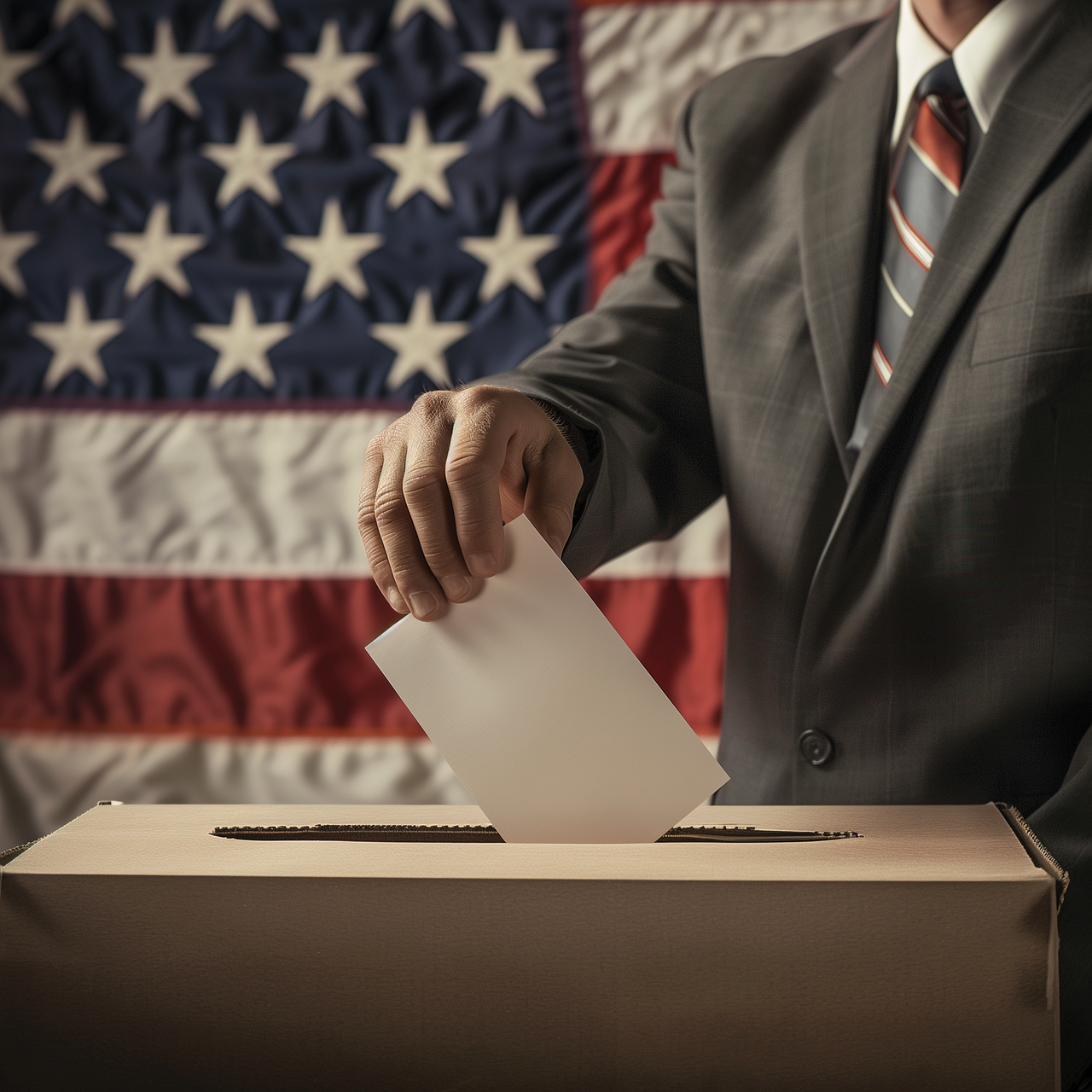As Americans head to the polls, the 2024 U.S. presidential election unfolds in an atmosphere of deep polarization and unease. The divide between parties, ideological rifts within communities, and the heightened rhetoric on both sides paint a picture of a nation split down the middle. Concerns about election security, economic turmoil, and social issues have fueled an anxious anticipation, as voters brace for an election with high stakes and potentially long-lasting impacts.
Political and Social Divisions at the Forefront
With party lines more sharply drawn than ever, the 2024 election has brought underlying social and economic tensions to the forefront. From debates on immigration and education to the handling of inflation and healthcare reform, both parties have adopted distinct—and often opposing—stances. This polarization is not just visible in policy discussions but is reflected in family conversations, workplaces, and social media interactions across the country.
The pronounced divisions are evident in key battleground states, where shifts in even small voter segments could sway the election. According to recent data, voter sentiments are heavily shaped by party affiliation and identity politics, with a notable increase in single-issue voters prioritizing concerns such as abortion rights, Second Amendment rights, and climate action.
Economic Uncertainty Weighs on Voter Decisions
The economic landscape is an urgent issue, with inflation, wage stagnation, and housing affordability shaping much of the election conversation. Many Americans are feeling financial strain, and both parties have made economic recovery central to their campaigns. Despite this, voters are largely split on which candidate would be most effective in stabilizing the economy, reflecting deeper ideological divisions over tax policies, wage legislation, and corporate accountability.
Election Integrity and Security Concerns
The 2024 election has also seen increased scrutiny over election integrity and security. Concerns about misinformation, foreign interference, and voter suppression have led to heightened security measures and ongoing debates about voting rights. With both sides claiming the need for a fair election, fears of disputed results and potential delays in vote counting loom over the process.
Historic Turnout and Key Demographics
Voter turnout is expected to be one of the highest in U.S. history, driven by engagement from various demographics, particularly younger voters and minorities. Many political analysts predict that this diverse turnout could favor progressive candidates, though high turnout among conservative voters in rural areas may counterbalance these gains. As usual, battleground states such as Pennsylvania, Georgia, Michigan, and Arizona will play a decisive role in determining the final outcome.
A Tense Waiting Game
With the results hanging in the balance, many Americans are bracing for potential delays in vote tallying and the possibility of contested outcomes. As election night unfolds, a tense air of anticipation permeates the nation, with millions waiting to see which direction the country will take in the coming years.
Conclusion
As the polarized U.S. heads to the polls, the nation stands on a knife’s edge, with both domestic and global observers watching closely. In this uncertain climate, one thing is clear: the result of the 2024 election will shape the trajectory of the United States for years to come.











